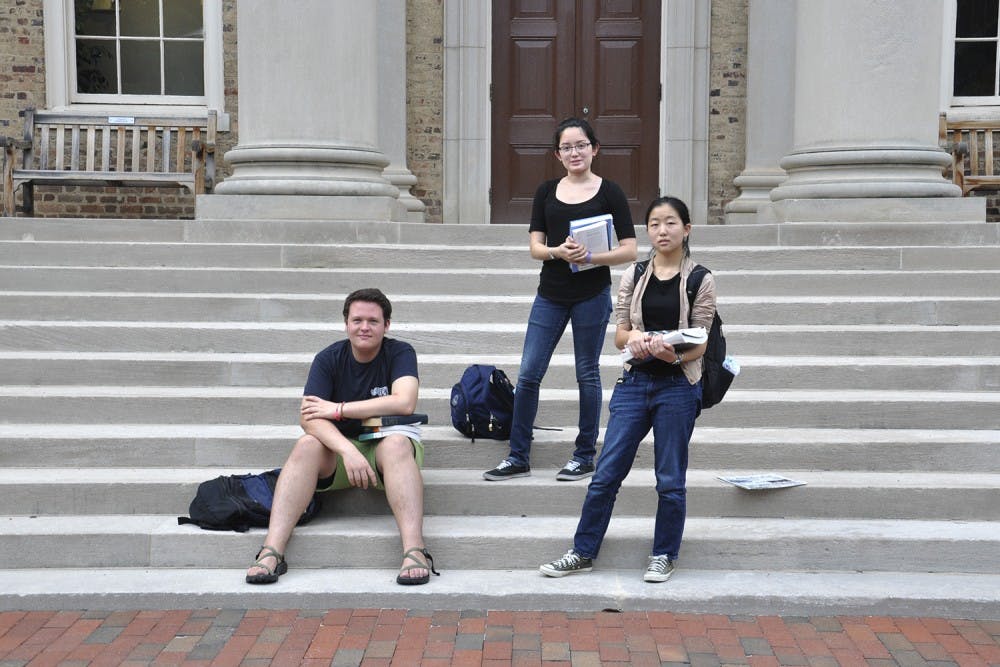Andrews spent his entire senior year of high school filling out scholarship applications with the hopes that he could find a way to pay for his dream school — UNC-Chapel Hill.
“It has the programs I want to do — I came in with classic studies and archaeology ready to go. I come from a really rural community and an economically disadvantaged family,” Andrews said. “When I got into Carolina — obviously, yay —but they met 100 percent of demonstrated need.”
Almost half of UNC-CH’s undergraduates use need-based financial aid, which is given in the form of scholarships, Pell Grants and work-study. Andrews says the latest policy passed by the UNC Board of Governors would have deterred him from attending UNC-CH.
The board approved a new policy this month that limits the percentage of tuition any UNC school can use toward need-based aid to 15 percent of tuition money.
At 20.9 percent, UNC-Chapel Hill uses the largest percentage of tuition for need-based aid out of any UNC school. North Carolina State University and four of the system’s historically black colleges or universities also meet or exceed the cap.
Administrators say this change could deter low-income and middle-income students from enrolling at UNC-CH. The Office of Scholarship and Student Aid said it would cause the average student’s debt to almost double — from $17,000 in loans to $33,000 — within three to four years, said Shirley Ort, the office’s associate provost and director.
For need-based aid recipient Yuman Wang, the change would detract from one of the major reasons she attended UNC-CH: cost.
“I would imagine it would impact a lot of students in the same situation as me — students who aren’t receiving a lot of grants but taking a lot of loans,” she said.




